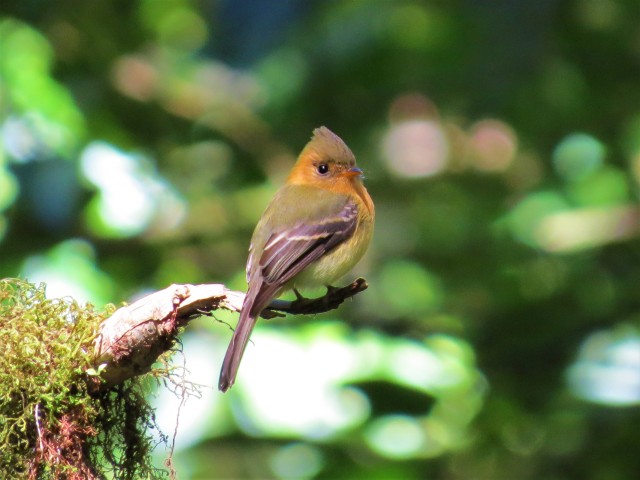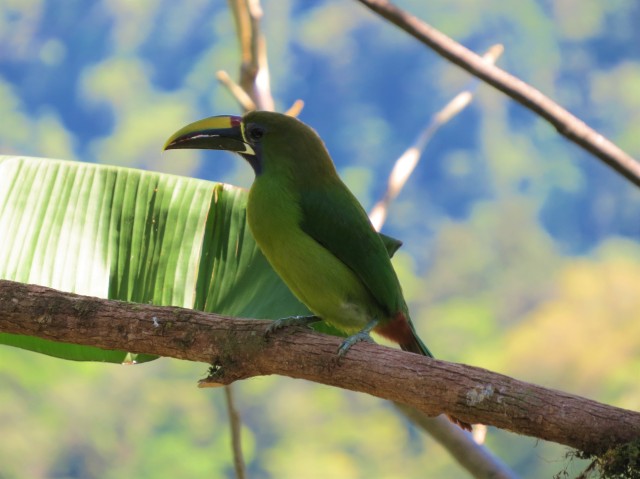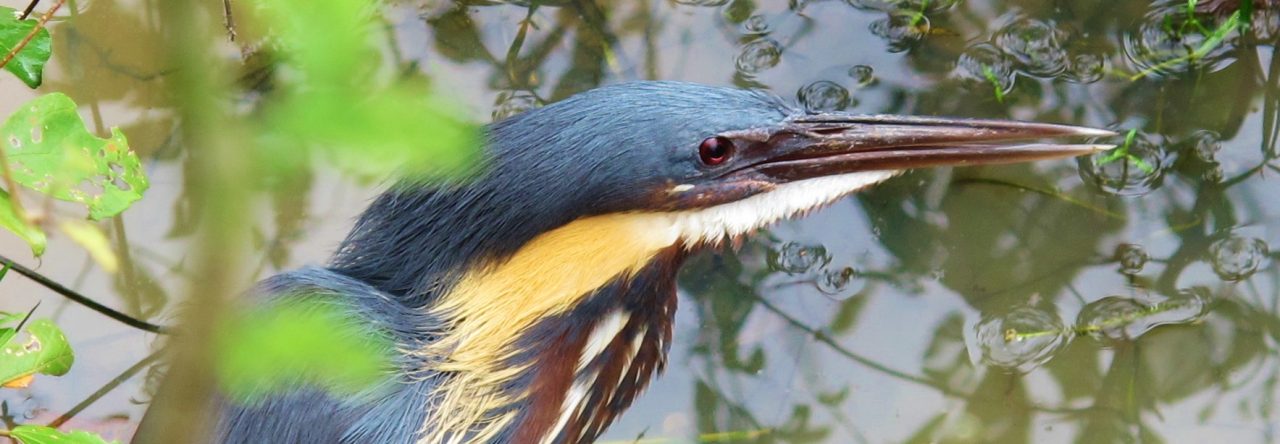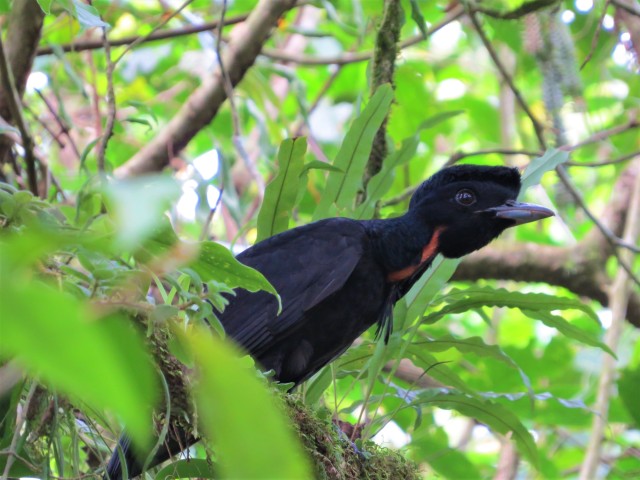
Costa Rica barely needs any introduction as one of the world’s premier birding destinations. There can be few places where such a large number of species can be seen in such a small geographical area. Combine this with a tourist-friendly infrastructure and straightforward access by air, and it is easy to see why Costa Rica is a standout choice for birders tight for time who want to see the broadest possible range of birds.
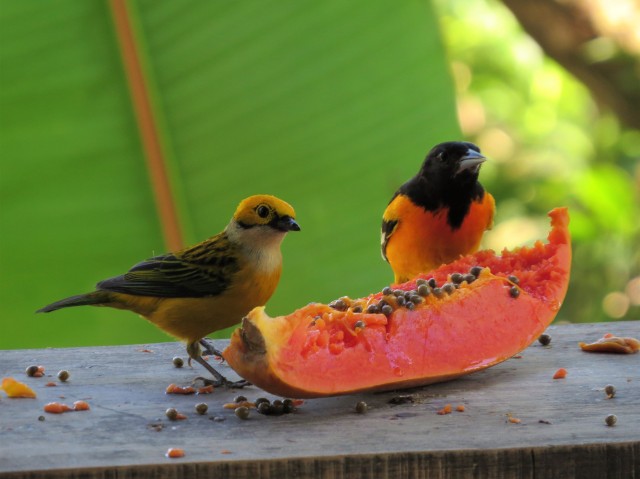
My good friend Tim Harrop and I had just six full days to play with, and we decided on three main locations: Arenal Volcano, Monteverde, and Carara National Park. The first two sites are no more than twenty miles apart as the Bellbird flies, yet they offer an astoundingly different range of birds due to changes in elevation, rainfall, and habitat.
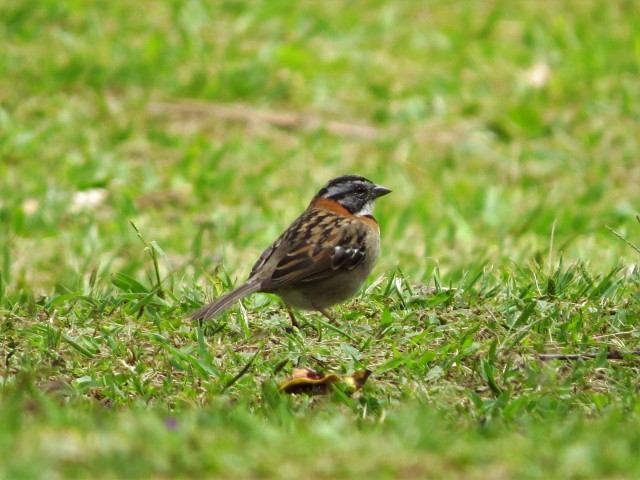
Our first overnight stop was just a couple of miles from the airport at Costa Rica Airport B+B. This welcoming little hotel tucked away in lush gardens comes highly recommended for the on-site birding, and we made our acquaintance here with many of Costa Rica’s “backyard birds”, including several that we didn’t see again for the rest of the trip.
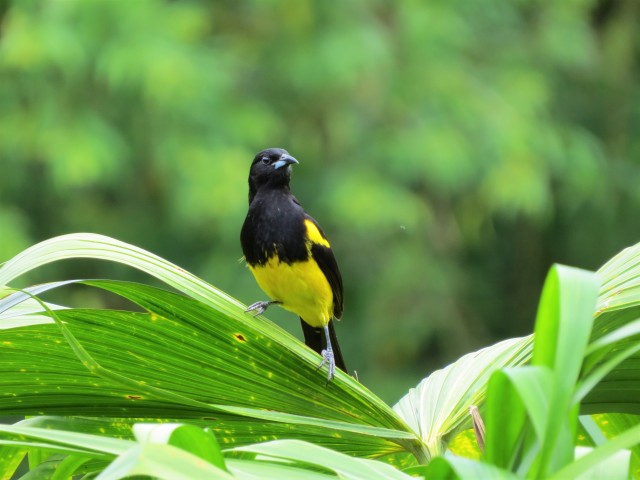
The following morning, we made our way in the general direction of Arenal Volcano. We had intended to spend the first few hours of the day at the Volcan Poas, a high-altitude national park with several birds we would not be able to see at other sites during the trip. However, it turns out that Volcan Poas has been closed due to increased volcanic activity, with no prospect of it reopening anytime soon. It’s a sorry situation for the restaurants and fruit vendors who line the approach road to the park. In terms of the birds, we were still able to connect with some of the high-altitude specialties, especially in the last mile before the road closure, including Volcano Hummingbird, Fiery-throated Hummingbird, Sooty-capped Chlorospingus, Sooty Thrush and Flame-throated Warbler.
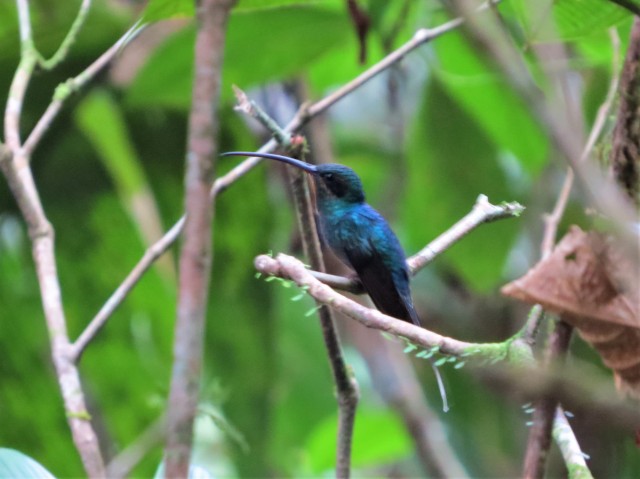
Further along the road to Arenal, a most worthwhile lunch stop is to be had at Cinchona – Mirador La Cascada, where a bird table and numerous feeders at a small restaurant provide a pit stop for hungry hummingbirds, barbets, toucanets and tanagers. We had our only Buff-fronted Quail Dove and Green Thorntails of our trip here.
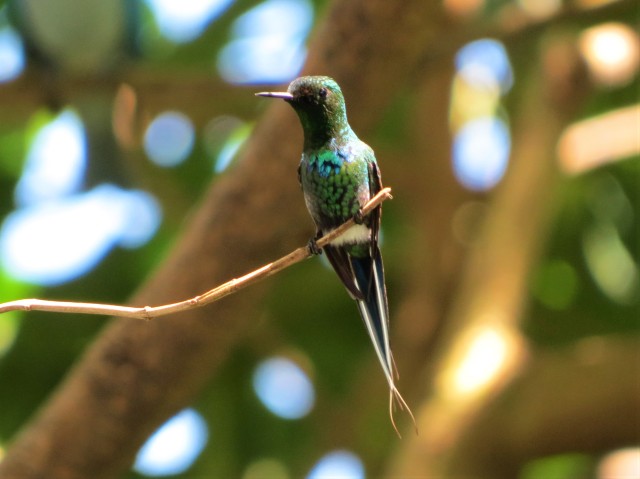
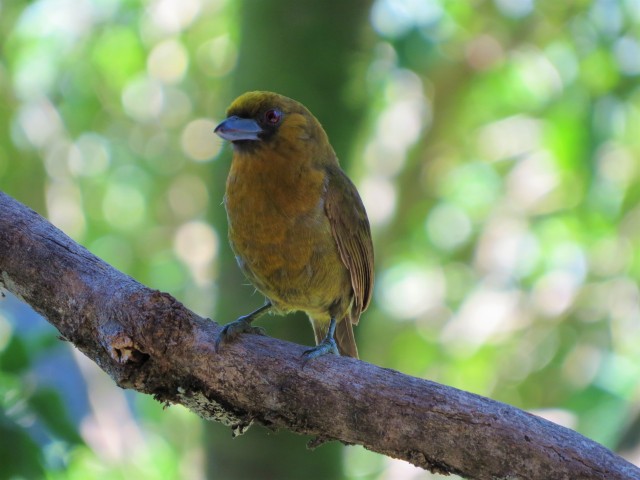
One of the not-so-endearing aspects of Costa Rica is that it takes absolutely ages to get anywhere. The entire San Jose area is in a state of seemingly permanent gridlock. Even outside of urban areas, roads have many curves and slow trucks, and average speeds are low. Late on the first day we did finally reach Arenal Observatory Lodge, which is truly a stunning location and easily our favorite birding site of the whole trip. In fact, there is no need to even leave the grounds of the lodge, as the trail network is extensive and the birding nothing short of spectacular. More than 500 bird species have been recorded in the grounds.

The deck outside the Observatory Lodge restaurant, overlooking the mighty volcano itself, is possibly the most outstanding “big sit” location in the world. One of the most striking aspects of birding here was the almost constant views of Great Curassow and Crested Guan just a short distance from the viewing area. These enormous and delicious-looking gamebirds are understandably a popular quarry for hunters, but they thrive and even become tame in areas where they are not molested.

Despite the excellent trails within the grounds, we decided to head just outside the Observatory gates for our first full morning here. The Los Toucanes trail now charges a $10 entry fee, but our investment repaid itself a hundred times when we found a Bare-necked Umbrellabird a mile along the trail. This is one of those spectacular, semi-mythical species that cannot be guaranteed anywhere, and indeed is now rare and highly endangered in its small world range in Costa Rica and Panama. One of the best birds I have ever seen, and we enjoyed spectacular views of it too.
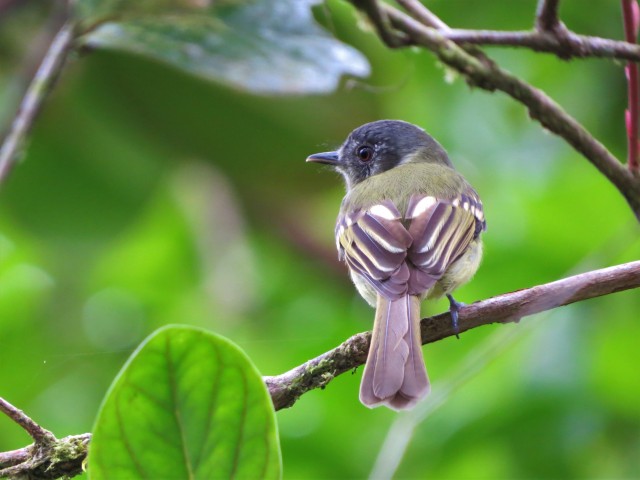
Apart from the Umbrellabird, it is hard to pick favorites from the 116 species we observed at Arenal. Black-crested Coquette, a tiny, bee-sized hummingbird, would definitely be in the top five, and from a rarity perspective, both Cedar Waxwing and Cape May Warbler are great records for Costa Rica.
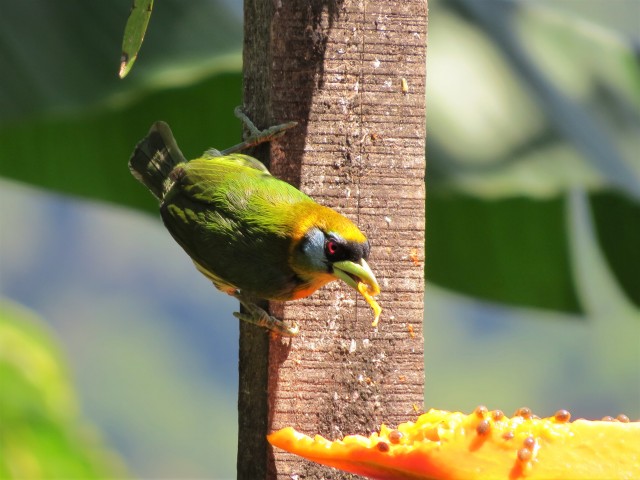
The Monteverde area was our next stop. This is the cradle of ecotourism in Costa Rica, and despite the eye-watering entrance fees for the reserves, at least you feel that the money is being well spent on conserving the entrancingly beautiful cloud forests here. Ecotourism at Monteverde is an industrial operation, with thousands of tourists pouring into the famous Monteverde Cloud Forest Reserve each day. It’s not as easy to bird as Arenal, with long periods during our six-hour visit where we saw few birds. However, with a lot of effort we did eventually come away with nice views of the emblematic Resplendent Quetzal, as well as other goodies such as Orange-bellied Trogon, the rare Brown-billed Scythebill, Azure-hooded Jay and Yellow-thighed Finch. Just outside the main entrance is a small restaurant which serves exceptionally good coffee to humans, as well as irresistible nectar to a range of hummingbirds including Magenta-throated Woodstar and Purple-throated Mountain-Gem.
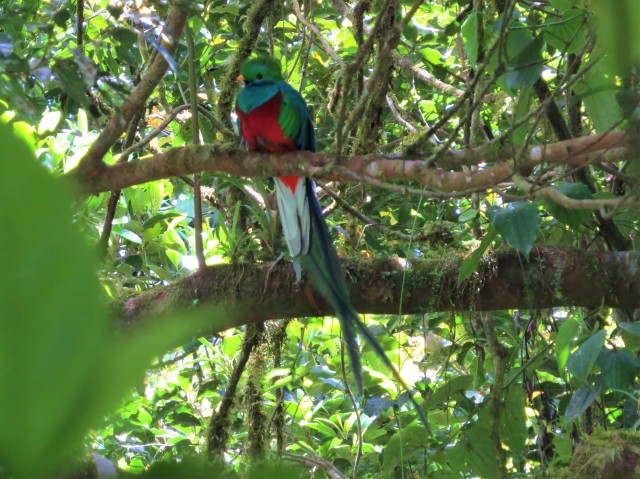
We also took in a couple of less-visited reserves during our trip to Monteverde: the Curi-Cancha refuge and the Santa Elena reserve, with Black-breasted Wood-Quail observed at the former location, and Buffy Tuftedcheek and Golden-browed Chlorophonia among the highlights at the latter.

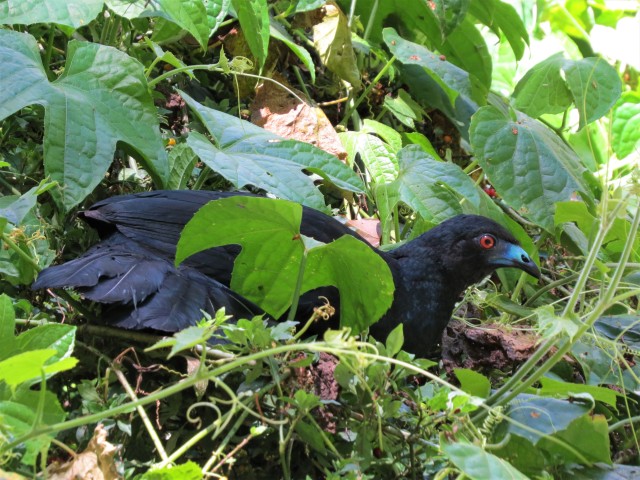
The final location on our itinerary was the coastal Carara National Park and surrounding areas. This is one of the most biodiverse spots in the whole country, as it straddles the divide between the drier north and humid southern coastal regions, and birds from both north and south can be found in the park where their ranges overlap.
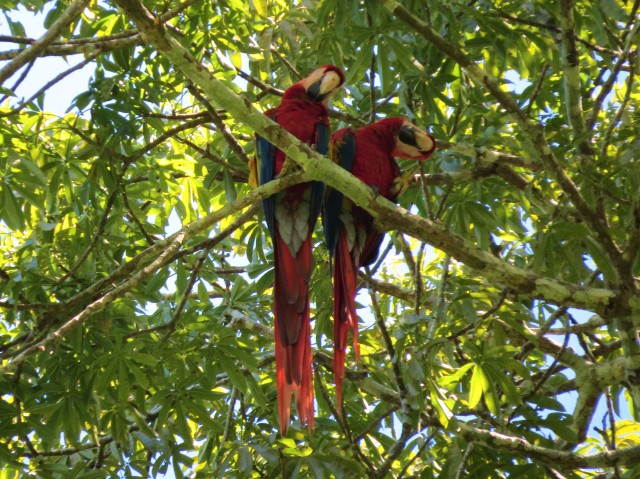
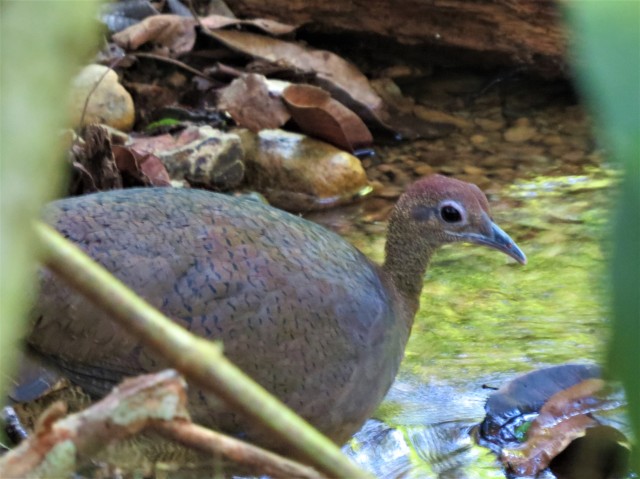
For a few weeks earlier in the winter, there had been regular reports of an exquisite Yellow-billed Cotinga in trees along the approach road to the Cerro Lodge, a few miles north of Carara National Park. It was more in hope than expectation that we went looking for this bird early one morning en route to the national park, and unbelievably we located it and had some crippling views. The Yellow-billed Cotinga is rather special because not only is it very rare (just 250-500 birds remain) and declining due to habitat loss, but also hard to see, as it usually sits motionless in the canopy of tall rainforest trees for long periods.
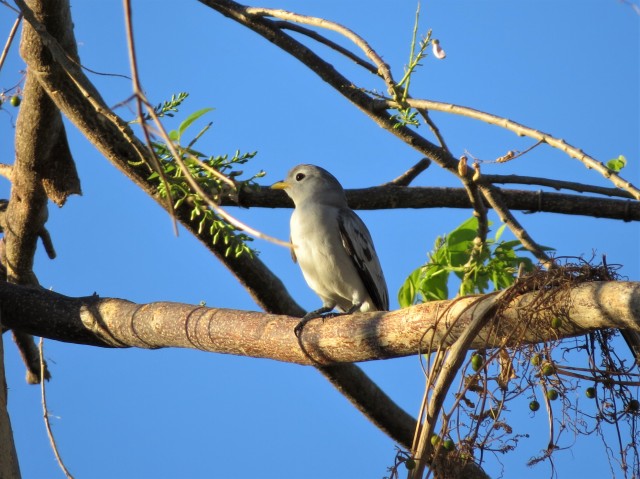
We walked the trails at the Carara National Park headquarters a number of times. We found the best trail to be the first (concrete) loop. The second and third loops have spectacular habitat but there were very few birds to be found – a comparable lowland rainforest experience to parts of south Thailand and Malaysia where bird diversity is as high as 220 species per square kilometer, but where you might glimpse just a handful of birds on each visit. On one afternoon, we finally located an army ant swarm on the first loop (the only one we found throughout our time in CR), attended by large numbers of birds of a variety of species including Black-faced Antthrush.
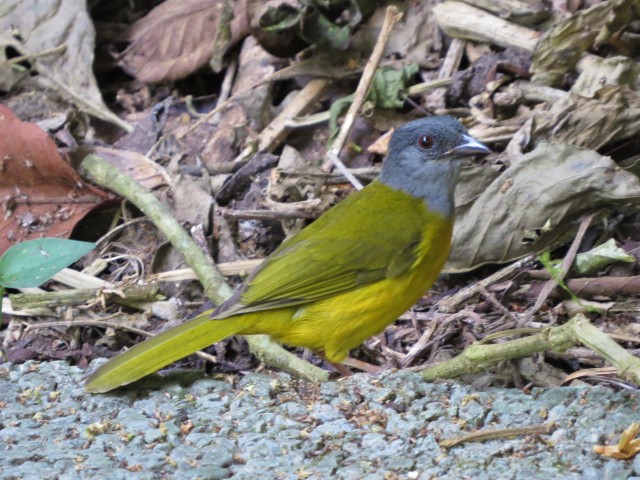
This trail also gave us Crane Hawk, Great Tinamou, Royal Flycatcher, Riverside Wren and plenty of Scarlet Macaws, the latter species keeping the numerous non-birding visitors happy.
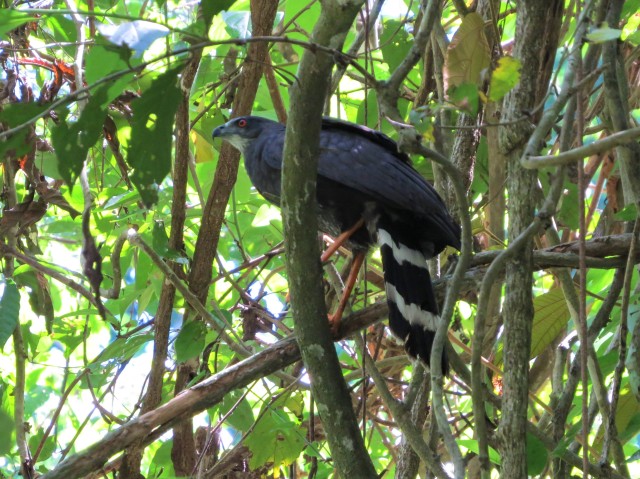
The riverside trail, a short distance up the road from the HQ, is often touted as the best single trail in Costa Rica for birding. We spent a morning there and came away with a good selection of birds including the local specialty Orange-collared Manakin.
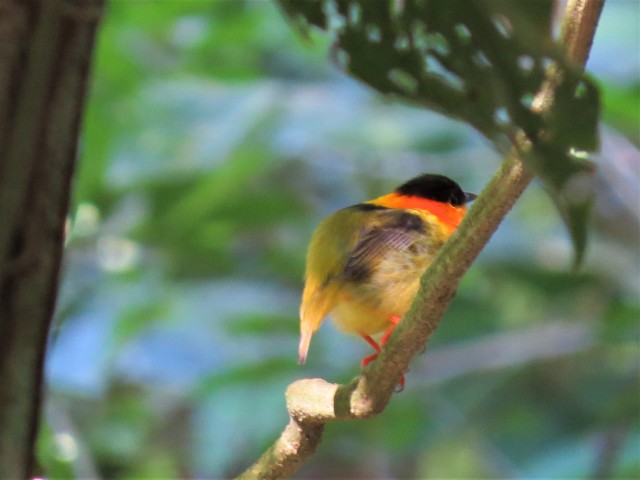
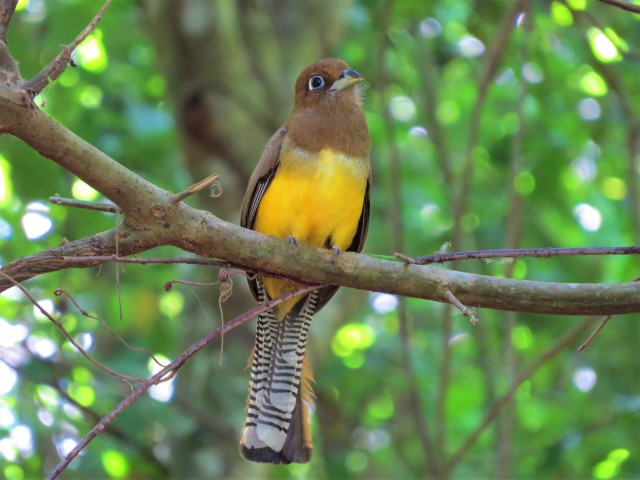
Finally, we spent some time around the mouth of the Tarcoles river, both on land and on a Crocodile Man boat tour into the mangroves. Boat-billed Heron and Panama Flycatcher both obliged on the boat tour, with Streak-backed Oriole and Olivaceous Piculet around the very birdy mangrove patch at the river mouth (the latter location accessible from the beach with no boat required).
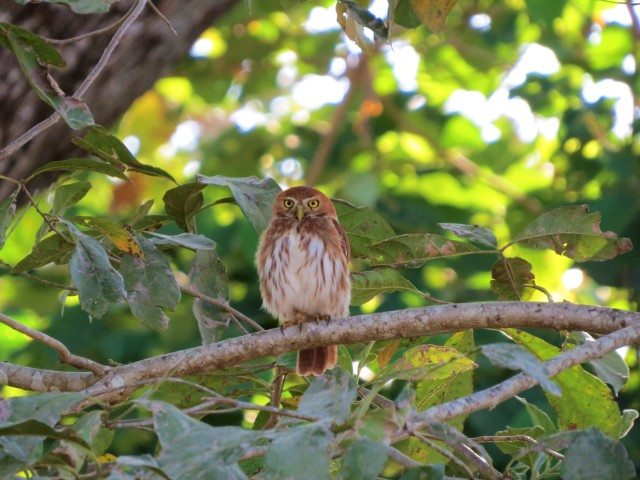
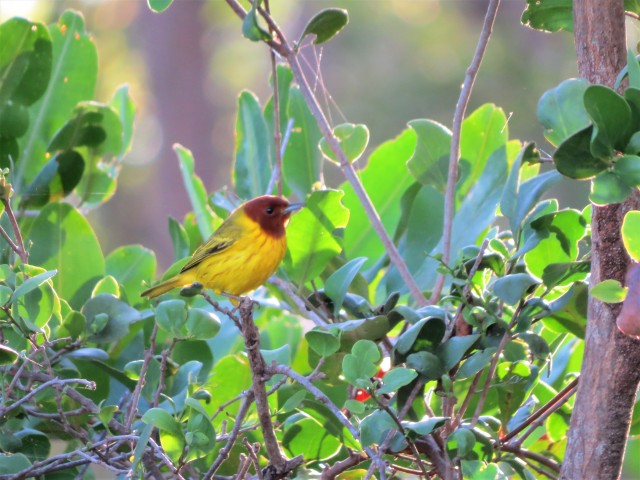
In just over a week, our trip total was 328 species – a number that would be hard to beat anywhere in the world in such a small area and short space of time. We will definitely be back at some point in the future, with the Caribbean lowlands at La Selva high on the wish list for the next trip!
